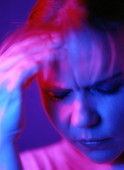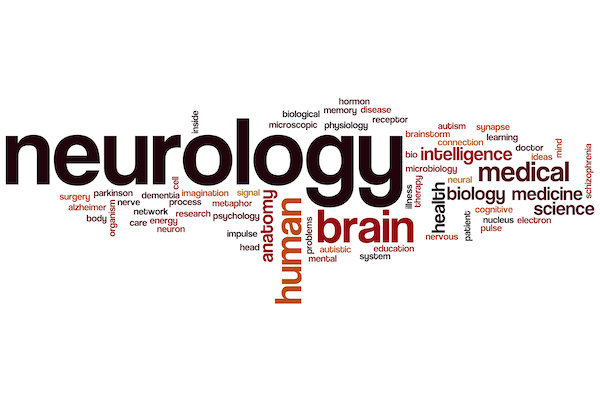
WEDNESDAY, Jan. 23 (HealthDay News) — Triggers for migraines may not be as strong as widely believed, a new study suggests, and many people may overestimate their importance in spurring the headaches.
The study specifically looked at patients affected by migraine with aura. Auras that accompany migraine include visual disturbances such as flashing lights or wavy lines, according to background information in the study published online Jan. 23 in the journal Neurology.
“People with migraine with aura are told to avoid possible triggers, which may lead them to avoid a wide range of suspected factors,” study author Dr. Jes Olesen, of the University of Copenhagen in Denmark, explained in a journal news release.
“Yet the most commonly reported triggers are stress, bright light, emotional influences and physical effort, which can be difficult to avoid and potentially detrimental, if people avoid all physical activity,” the researcher noted.
The new study included 27 people who experienced migraines with aura. They all reported that migraines had previously been triggered by bright or flickering light, vigorous exercise, or both.
The patients were exposed to these triggers to see if they resulted in a migraine. This included going for an intense run or using an exercise bike for one hour, reaching at least 80 percent of their maximum heart rate. Patients were also exposed to bright, flashing or flickering lights for 30 to 40 minutes.
After each exercise or light exposure session, the patients were monitored for about three hours. Only about one in 10 experienced migraine: 11 percent had a migraine with aura after exercising or being exposed to light, and another 11 percent had a migraine without aura.
“Our study suggests that if a person is exposed to a suspected trigger for three months and does not have a migraine attack, they no longer have to worry about avoiding that trigger,” Olesen concluded.
Two experts not connected to the study agreed that the relationship between “triggers” and migraine attack is a complicated one.
“These results are not a surprise,” said Dr. Mark Green, director of the Center for Headache and Pain Medicine at Mount Sinai Hospital in New York City. For example, he said, “although occasionally dietary management can be helpful, routine use of strict anti-migraine diets has not been recommended by me for years and was very burdensome to patients.”
Green believes that “some ‘triggers,’ like chocolate, are probably not triggers at all but rather a neurobiological craving that is associated with the migraine attack, rather than causing the attack.”
And Dr. Randall Berliner, a neurologist specializing in headaches at Lenox Hill Hospital in New York City, said that “triggers” might only be relevant under certain conditions.
“Perhaps the triggers only exert their effect when the brain is already susceptible to a migraine,” he said. “We do know that there are cycles of vulnerability that the brain may undergo that can increase the likelihood that a migraine may occur. It may be that provocation of a migraine requires a vulnerable brain and the right combination or threshold of triggers.”
He said that headache specialists typically encourage people to keep track of potential triggers. “This study helps us further understand the impact of migraine triggers but also allows us to appreciate just how complicated the relationship between migraine triggers and migraine attacks may be,” Berliner said.
For his part, Green also believes that “triggers are likely to be additive and are a ‘perfect storm’ when they trigger an attack. For example, in a woman who is premenstrual, triggers may become relevant, whereas other times of the month they are innocuous.”
More information
The U.S. National Institute of Neurological Disorders and Stroke has more about migraine.

